A steep decline in Atlantic Salmon numbers has prompted the Norwegian government to ban salmon fishing on 33 rivers in the southwest of the country. The move was taken at short notice and may spread to other rivers. The Norwegian Environment Agency says this year’s salmon run is well below half of what it should be — and that 2023 returns were 30% down from 2022. The rivers affected by the ban include the world-famous Gaula and Orkla.
Ellen Hambr, the agency’s director, explains why: “It is crucial not to risk a long-term failure. Wild salmon have been at low levels for some time, but the situation is a lot worse this year." A decision on whether to extend the ban will be taken in late July. There are already a handful of voluntary closures in the north.
The Norwegians blame the sharp decline in Atlantic salmon numbers on climate change and lice from fish farms. Warmer river temperatures reduce smolt size which in turn increases mortality and reduces the numbers returning successfully to sea. Once back in the ocean, the record-high temperatures in the North Atlantic suppress food chains and further impact salmon growth and health.
“We must, unfortunately, be prepared that climate change, in combination with other negative effects of human activity (like fish farming), can have serious consequences,” Hambr says. The Norwegians say climate change is the more damaging of the two, and point to Sweden where there is very little salmon farming and a similar decline in the salmon run (Sweden’s Baltic Sea is much more polluted than Norway’s Atlantic coast). Sweden is expected to impose bans this year.
Aquaculture can have devastating impacts on wild salmon populations. The Norwegian Government licenses an industry that produces half of all the world’s farmed salmon and fish farm mortality from all causes, including sea lice, was nearly 63 million fish last year. Many of the pens are in fjords that connect ocean-run Atlantic Salmon with their home rivers, bringing wild fish into contact with farmed lice. According to the Norwegian Institute of Marine Research, fish farm lice-related mortality of adult wild salmon was estimated at 50,000 fish in 2019. Since then, fish farming has expanded.
The Norwegian authorities have, so far, rejected imposing catch and release for rod-caught fish. Englishman Colin Duffy is a regular on Norway’s salmon rivers, including the Gauda: “In 2023, more than 51,000 out of the 70,000 rod-caught Atlantic Salmon in Norway were killed. That looks terrible and it's not sustainable is it?”
The ban is proving expensive for visitors: “I'm hearing from a lot of angry anglers who have not only lost their long-anticipated fishing holiday but also their money,” says Mr Duffy. “The lodges aren't refunding them and their own insurers are saying that they're not covered as their holiday isn't cancelled, they just can't fish. Anglers are used to taking a gamble on the weather but this is too much.”
The national organization of wild salmon fishing, Norske Lakseelver, supports the state’s ban, even though revenues of as much as NOK 1.3 billion (US $1.25 B) derived from wild salmon may be lost. “This is a deeply tragic situation,” says the organization’s leader, Pål Mugaas, “but it’s about the destiny of wild salmon. It’s better to be safe than sorry.” The financial impact will be felt by fisheries, hotels, guides and all the small businesses that depend on their summer trade from anglers.
The Norwegian Environment Agency says, "We know that summer salmon fishing is an important tradition and a great joy for many, but now every salmon simply counts. It is our responsibility to ensure enough spawning fish enters the rivers so there will be enough young salmon next year to carry the stock forward".
The ban is open-ended, and it is assumed it will remain in place until the stocks show sufficient recovery. There is one possible consolation: For the fish that successfully make the run up-river this year the prospects are good. River flows are healthy and, so far, water temperatures are lower than in recent years. The conditions are favorable for those fish that make it to the redds.
UPDATE 7/9/2024: The Norwegian government has announced the famed Gaula River will remain closed for Atlantic salmon fishing for the remainder of the 2024 season.

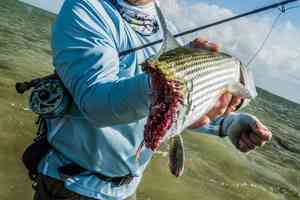

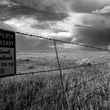
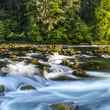
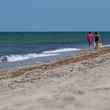



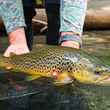

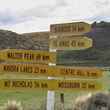
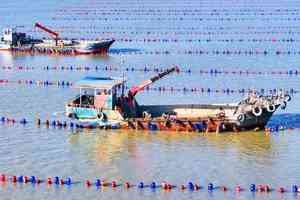
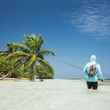


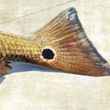

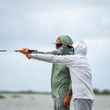
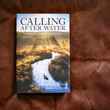
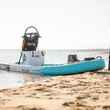
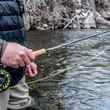
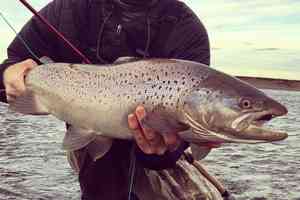
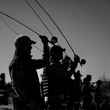
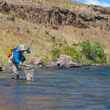
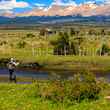
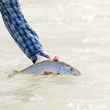
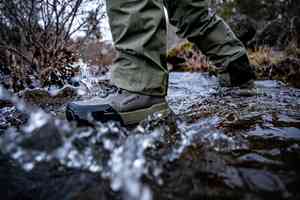
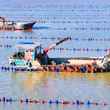
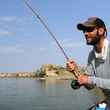
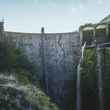
Comments
julian glantz replied on Permalink
So no angling, but salmon farming continues.
Global warming is unquestionably a major issue in wild salmon’s decline. The other is salmon farms. As I understand it, wild Norwegian salmon were still being taken ‘for the pot’ by anglers. The logical courses of action should have been: closure of coastal salmon farms, and strict catch and release rules. The reasons why anglers are punished but farming continues? Money and influence. As is the case worldwide. Very sad if unsurprising.
TIM DOWN replied on Permalink
100% CATCH AND RELEASE AND DOING SOMETHING THOSE FISH FARMS
Jon B. Tobey replied on Permalink
I've long advocated for this in the NW. We have temporary closures, but the whole system needs a chance to reboot. Too many selfish and short-term interests will prevent this from ever happening.
Pages